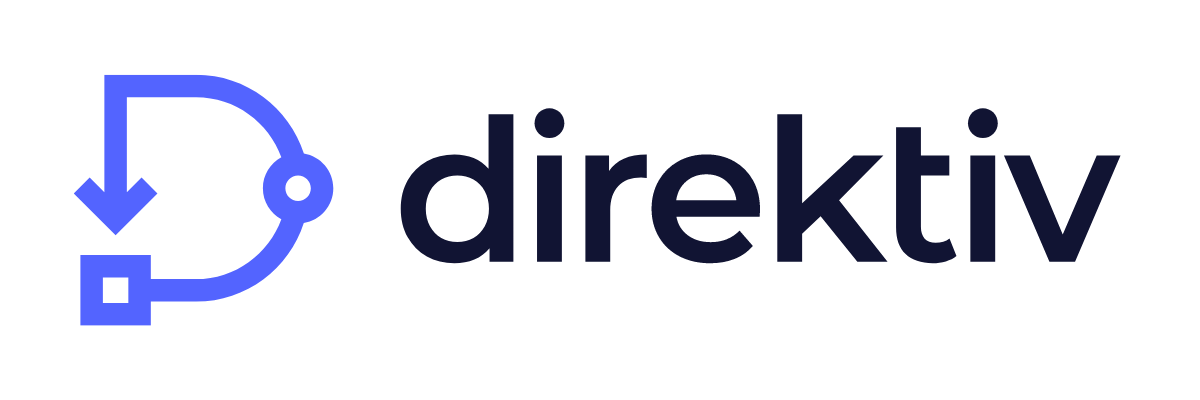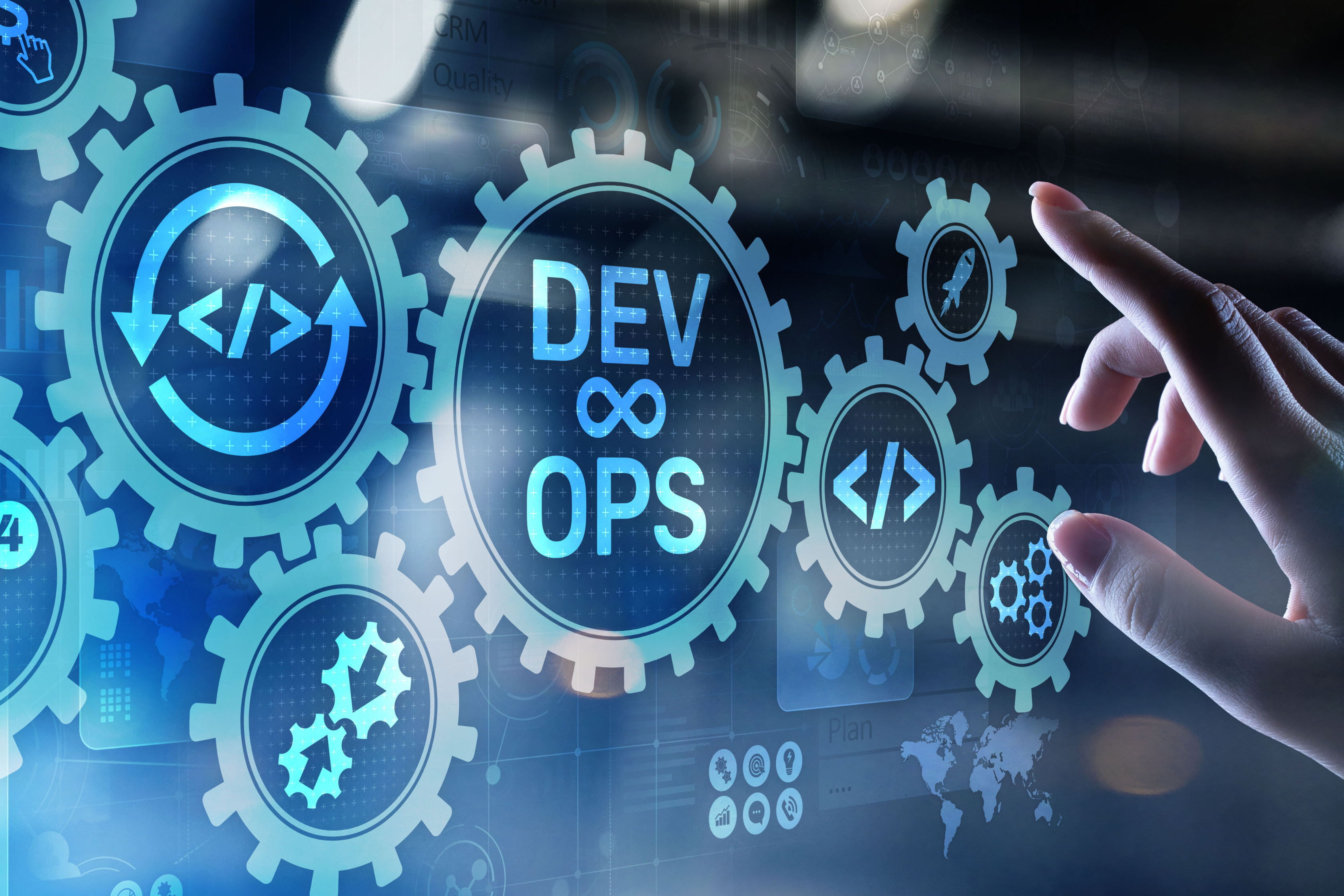The DevOps Engineer's Toolbox: 5 Essential DevOps Tools for Success

To effectively implement the philosophy of DevOps within your organization, it is essential to recognize that, while it represents a cultural shift, the optimal combination of DevOps tools is equally important.
In 2021, 83% of IT professionals reported using DevOps practices to unlock higher business value. It’s expected over 85% of organizations will adopt a cloud computing strategy by 2025, giving rise to future DevOps teams in a multitude of new organizations.
As a DevOps engineer, having the right tools to actively implement new practices will make for a smooth transition phase. Depending on your background, collaboration with the software development or operations team will help you join forces to reach the same goal of enhanced efficiency, speed, and reliability in the software development process.
In this blog, we’re going over the 5 primary DevOps tools that will help you succeed as a DevOps engineer in your organization. If you’re a DevOps veteran, did your favorite solution make the list? Let’s find out. ⬇️
(Source: Giphy)
1 - Version Control Solution
Version control is a system that allows for the management and tracking of changes made to files or projects over time. This enables collaboration, easy rollbacks, and efficient organization of code or documents within an organization.
The most widely adopted version control tool is Git. The version control platform features three storage tools:
This DevOps solution is simple to use and offers the best advantage for non-linear shared repository development projects. Direktiv uses GitHub to allow users to store and manage their source code. 😎
This integration gives a DevOps engineer the ability to seamlessly access and use their code repositories stored in Git, making for an all-around efficient process and a solution to version control.
2 - Robust Containerization Platform
A container platform is a software environment that enables the deployment, management, and orchestration of containerized applications. They provide scalability, portability, and efficient resource use by grouping your code into “containers.”
As a DevOps engineer, it’s essential to rely on containerization for efficient application development and deployment. Kubernetes is one of the most widely accepted container technologies in today’s landscape. It defines itself as “an open-source system for automating deployment, scaling, and management of containerized applications.”
Kubernetes makes it easier for DevOps teams to manage applications with its built-in capability to deploy, update, and monitor apps. That’s why Direktiv runs its event-driven orchestration platform on top of it. ✅
Recognizing its robustness, Direktiv is able to leverage Kubernetes as the foundation, ensuring optimized performance and scalability for all platform users. So if you want to have maximum scalability, ensure you choose a proven container platform to future-proof your DevOps implementations.
3 - Proven Integration Solution
Integration for a DevOps engineer is a software tool that automates and streamlines the process of integrating your many different DevOps tools, systems, and workflows. This allows for:
- Seamless collaboration
- Continuous integration
- Delivery of software applications
Direktiv is cloud and platform agnostic—meaning you have the freedom and flexibility to run containers from any registry as a part of your workflows. True integration comes when you can run on any platform, use any code, and are not dependent on cloud providers' services for running workflows or executing actions.
Whatever integration solution you ultimately land on, make sure it will work specifically for your use cases. The best way is to choose a platform that works with software your teams are already familiar with. The less the learning curve, the faster your DevOps teams will reach true efficiency. ✈️
4 - CI/CD Pipeline
A Continuous Integration and Continuous Deployment (CI/CD) pipeline for a DevOps engineer is an essential tool for streamlining and automating the software delivery process.
Traditionally, software development involved manual steps for integration, testing, and deployment which lead to slow release cycles—plus a higher chance of errors. But with a well-designed CI/CD pipeline in place, you can automate these processes to ensure the changes to the codebase are thoroughly tested and deployed correctly. ✅
Here’s a quick breakdown of the key benefits of a CI/CD pipeline:
- Higher reliability
- Rapid feedback loop
- Faster time-to-market
- Improved collaboration
- Continuous improvement
When choosing a CI/CD pipeline tool, you’ll want to consider factors like ease of setup, configuration, and compatibility. With Direktiv, you can define and execute workflows that encompass code integration, testing, and deployment stages. This ensures a smooth and efficient CI/CD pipeline. 🙌
5 - Observability
Observability refers to the ability to gain insight into the internal workings of a system by collecting, analyzing, and visualizing data from your tech stack.
In a complex environment where multiple components interact and scale rapidly, observability becomes even more crucial. It allows you to understand how different systems are performing, identify any anomalies, and make data-driven decisions for peak performance. 🔍
Normally for true observability, you’d need a combination of:
- Monitoring - to provide real-time visibility into the performance of your systems.
- Logging - to capture and store logs generated by the various components of your system.
- Tracing tools - that allow you to trace the flow of requests across different services (and microservices).
But with a platform like Direktiv, all of the logging and tracing features needed for observability are easily available and can be integrated into any system that supports OpenTelemetry.
➡️ To learn more about how Direktiv Observability works, check out this article.
Final Thoughts
As a DevOps engineer, equipping yourself with the right set of DevOps tools is crucial to successful implementation. These 5 primary tools are a great starting point for any team in streamlining processes, enhancing collaboration, and driving efficiency.
Managing multiple tools is a strenuous challenge in and of itself. But with Direktiv, you can:
- Automate workflows
- Manage configurations
- Experience true observability
- Deploy containerized applications
Ready to simplify your DevOps tools? Get started with Direktiv for free—no strings attached—to accelerate your journey toward efficient software development. 🚀

.png)

